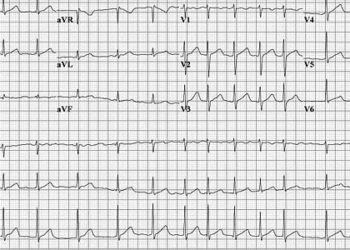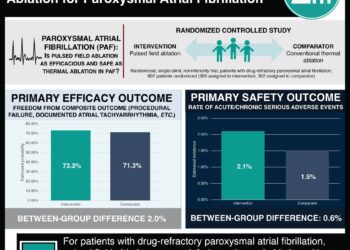Quick Take: Effects of a Thermal Accelerant Gel on Microwave Ablation Zone Volumes in Lung: A Porcine Study
Image-guided thermal ablation is used as a cancer treatment modality; however, local tumor progression continues to be a problem. Thermal accelerant use has been proposed as a way of increasing microwave ablation zones in lungs in order to better achieve therapeutic oncolysis. In this preclinical study, investigators developed a thermal accelerant and randomized 9 domestic male swine to receive microwave ablations with and without thermal accelerant in order to quantify ablation zone volumes achieved. Investigators found that the use of thermal accelerant was associated with a larger average ablation zone volume of 4.3 cm3 (95% CI 3.4 to 5.5) compared to 2.1 cm3 for control ablations (95% CI 1.4 to 2.9) (p<0.001). Investigators also found that thermal accelerant use was associated with enlargement of both long- and short-axis ablation zone measurements. Percutaneous administration of thermal accelerant was associated with a larger ablation zone than endobronchial delivery (p=0.03). The standard error was lower for endobronchial delivery than for percutaneous administration (0.07 vs. 0.13, p=0.03). Overall, the results from this study provide preliminary evidence that use of a thermal accelerant may improve thermal ablation. This study is limited in that it used healthy model organisms, and long-term adverse effects were not studied.
Click to read the study in Radiology
Image: PD
©2019 2 Minute Medicine, Inc. All rights reserved. No works may be reproduced without expressed written consent from 2 Minute Medicine, Inc. Inquire about licensing here. No article should be construed as medical advice and is not intended as such by the authors or by 2 Minute Medicine, Inc.






